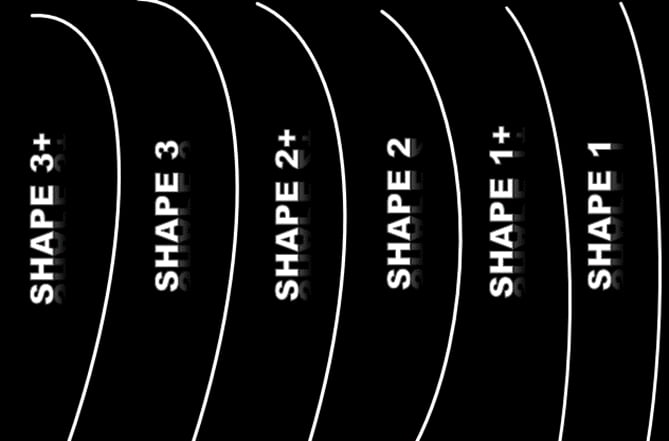Article Contents
- 1. Ball motion shape
- 2. Unknown pattern evaluation process
- 2.1. When to stop testing zones
- 2.2. Changing angles
- 3. Considerations for the USBC Open Championships
- 3.1. Team-based process
- 3.2. Rehearsals
- 4. Junior Gold considerations
- 5. Planning for panels
- 6. Final remarks
Note: This article is only available to Bowling This Month subscribers.
With the USBC Open Championships currently running and Junior Gold just a few months away, I encourage bowlers to begin the process of practicing a structured unknown pattern play process. By using an evaluation process designed to identify an unknown pattern, a bowler and/or team can quickly find one to two zones that offer the maximum margin for error, hold, and recovery. This will also provide an opportunity for pattern manipulation and increased scoring.
As a college coach, my teams would practice frequently to throw between 64 and 72 shots during a typical practice session. This helped the team to be warmed up and to also manipulate the fresh pattern on our starting pair. To become proficient, much practice is needed in order to become quick, but not hurried.
Ball motion shape
Before I discuss the unknown pattern evaluation process, I want to start with a short discussion about shape and shape matchup. Over my coaching career, I have employed a six-shape system to help simplify the concept and make it easier to visualize ball reaction matchup. Here are the six shapes with corresponding numbers for communication purposes.
These six ball motion shapes help simplify the concept of matching up and communicating with coaches and teammates.
Below, you’ll see my recommendations for matching up the different shapes to pattern lengths. Consult a USBC Gold coach or an IBPSIA-certified pro shop professional to help you with designing a competition arsenal for short, medium, and long oil patterns to ensure proper shape matchup and shape progression.

This table presents potential reaction shape progressions through the five phases of oil pattern transition.
Unknown pattern evaluation process
The philosophy behind my unknown pattern decision-making process is finding both hold and recovery on any pattern, by systematically testing different zones, balls, and release types.
I recommend that a bowler should …
Click Here to Read the Full Original Article at Bowling This Month…
